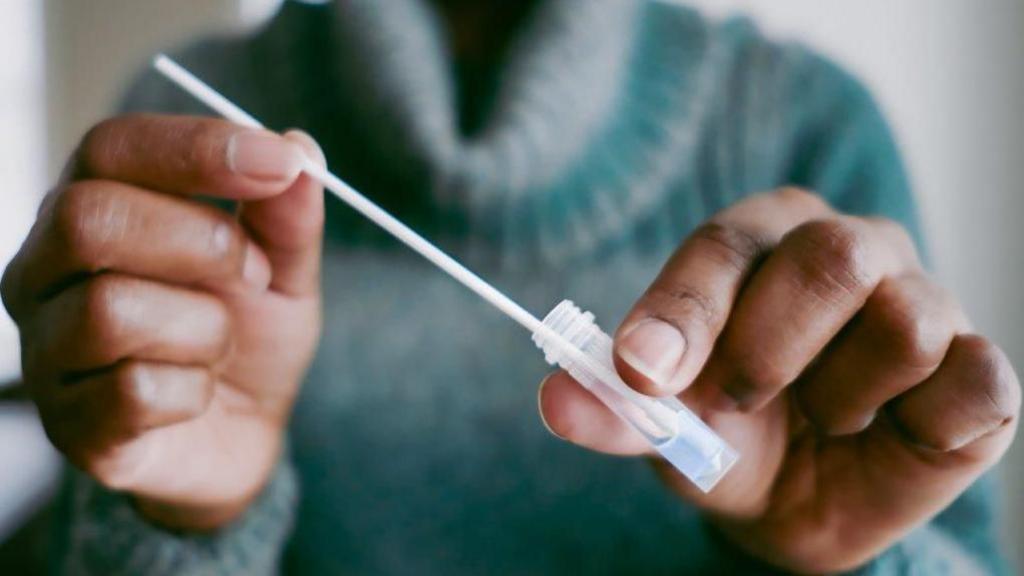Tiny Threat, Big Impact: What Microplastics in Your Body Are Doing to Your Health

We're constantly hearing about plastic pollution, but did you know microplastics – tiny particles less than 5mm in size – are now showing up inside our bodies? From the seafood we eat to the water we drink and even the air we breathe, these minuscule invaders are increasingly pervasive. But what's the real impact of microplastics on our health? This article delves into the latest research, exploring where they're found, how they get in, and what potential health risks they pose.
The Ubiquitous Presence of Microplastics
Microplastics originate from a variety of sources. Larger plastic items, like bottles and bags, break down over time due to sunlight, wave action, and physical abrasion. Synthetic textiles shed microfibers during washing. Industrial processes, road markings, and even personal care products contribute to the problem. These particles are incredibly lightweight, allowing them to travel long distances and contaminate virtually every environment on Earth.
Where Are They Found in Our Bodies?
The unsettling truth is that microplastics have been detected in a surprising range of human tissues and organs. Researchers have found them in:
- Lungs: Inhaled from the air, these particles can irritate the respiratory system.
- Blood: Studies have confirmed the presence of microplastics in human blood, raising concerns about their potential to circulate throughout the body and affect various organs.
- Bones: Perhaps most alarming, microplastics have been identified within bone tissue, suggesting long-term accumulation.
- Fetus: Microplastics have been found in the placentas of unborn babies, highlighting the potential for transgenerational health effects.
- Digestive System: They’re ingested through food and water, and can interact with the gut microbiome.
Potential Health Impacts: What the Research Says
While the full extent of the health risks associated with microplastic exposure is still being investigated, emerging research points to several potential concerns:
- Inflammation: Microplastics can trigger inflammatory responses in the body, potentially contributing to chronic diseases.
- Oxidative Stress: They can induce oxidative stress, damaging cells and accelerating the aging process.
- Endocrine Disruption: Some microplastics contain chemicals that can interfere with hormone function, potentially affecting reproductive health and development.
- Chemical Leaching: Microplastics can absorb and release harmful chemicals, including persistent organic pollutants (POPs) and heavy metals.
- Gut Microbiome Disruption: The presence of microplastics in the gut can alter the balance of the gut microbiome, potentially impacting digestion, immunity, and overall health.
What Can We Do?
While completely eliminating microplastic exposure is virtually impossible, there are steps we can take to minimize our intake:
- Reduce Plastic Consumption: Opt for reusable alternatives to single-use plastics.
- Filter Your Water: Use a water filter that removes microplastics.
- Wash Synthetic Clothing Less Frequently: Use a microfiber filter bag when washing synthetic fabrics.
- Choose Natural Textiles: Prioritize clothing made from natural fibers like cotton and wool.
- Support Research: Advocate for increased research into the health effects of microplastics and the development of effective mitigation strategies.
The issue of microplastics in our bodies is a complex and evolving one. While more research is needed to fully understand the long-term health consequences, the evidence so far is concerning. By taking proactive steps to reduce our exposure and supporting further investigation, we can work towards a healthier future.




)
:max_bytes(150000):strip_icc()/VWH-GettyImages-2213348792-d0f7dee67c51409ba3603058011dff99.jpg)
